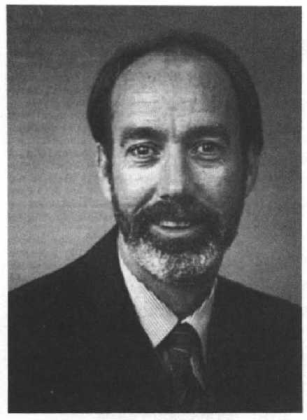Epilogue
It was activities like these where the students utilized the patterns of NLP to their fullest potential and began to develop the flexibility of the model in a variety of contexts. It is now beginning to be used in the classrooms across the U.S. The ideas of learning strategies are becoming known to some teachers and in the late eighties educational systems will be spending millions of dollars to retrain their teachers in the NLP technology. Insurance companies, recruiters and manufacturers will be spending twenty times as much to apply NLP to management, sales, service and new product development.
The U.S. army will apply the NLP modelling technology to sharpshooter, hovercraft and helicopter pilot training. Foreign nations will add NLP techniques to their commando training. College professors will continue to denounce NLP and the claims of its practitioners and make passionate speeches about its unscientific approach in the learned halls around the world. NLP will be taught in virtually every English speaking country in the world. Other university teachers will be adding it to their course curriculums and NLP practitioners around the world in virtually every context that involves face to face or telephone conversation will be doing "MAGIC"
About The Author
Terrence Lee McClendon was born in Richmond, California. In 1971, he was an undergraduate student at the University of California, Santa Cruz. He graduated in 1973 and went on to gain his masters in counseling psychology. Throughout the seventies, he worked as a counselor and trainer in NLP.

In 1979, Terry was invited to teach NLP in Sydney, Australia. After many return trips, he settled in Australia and founded the Australian Institute of Neuro-Linguistic Programming. He conducts public seminars and inhouse company training for organisations internationally. He is a Master Trainer with the Society of Neuro-Linguistic Programming. Terry has also designed and developed computerised personality assessment software and produced video training aids.
His joys in life are his lover and their baby daughter, teaching and counseling, wood working, scuba diving and travelling.
Bibliography
Bandler, Richard and Grinder, John. Frogs Into Princes. Real People Press, 1979.
Bandler, Richard. Magic In Action. Meta Publications, 1984.
Bandler, Richard and Grinder, John. Original Notes (Source T. McClendon)
Workshops from 1972 to 1975. Bandler, Richard and Grinder, John. The Structure of Magic I. Science and
Behaviour Books, 1975. Bandler, Richard. Using Your Brain - for a Change. Meta Publications, 1985. Castaneda, Carlos. A Separate Reality. Penguin Books Limited, 1971. Castaneda, Carlos. The Teachings of don Juan: a Yaqui Way of Knowledge.
Ballantine Books, 1968. Dilts, Robert; Grinder, John; Bandler, Richard; DeLozier, Judith and
Cameron-Bandler, Leslie. Neuro-Linguistic Programming I.
Meta Publications, 1979. Gordon, David. Therapeutic Metaphors: Helping Others Through the Looking
Glass. Meta Publications, 1978. Gordon, David and Meyers-Anderson, Maribeth. Phoenix, Therapeutic Patterns of
Milton H. Erickson. Meta Publications, 1981. Grinder, John and Bandler, Richard. The Structure of Magic II. Science and
Behaviour Books, 1976. Grinder, John and Bandler, Richard. Trance-formations: Neuro-Linguistic
Programming and the Structure of Hypnosis. Real People Press, 1981. Lewis, Byron and Pucelik, Frank. Magic Demystified. Metamorphous Press. Perls, Fritz. The Gestalt Approach and Eye Witness to Therapy. Science &
Behaviour Books, 1973. Satir, Virginia. Conjoint Family Therapy. Science and Behaviour Books, 1967. Satir, Virginia. Original Notes (Source T. McClendon). Cold Mountain Workshops.